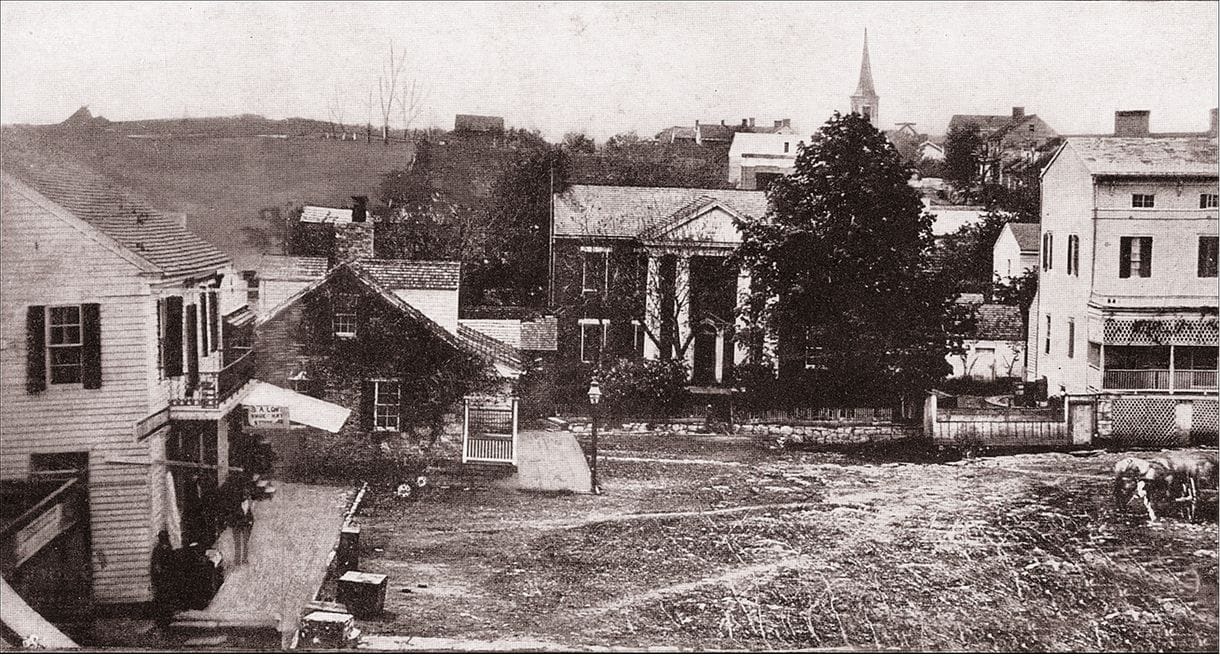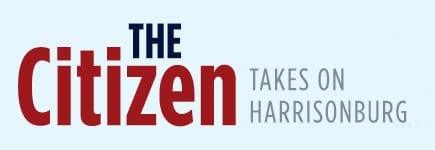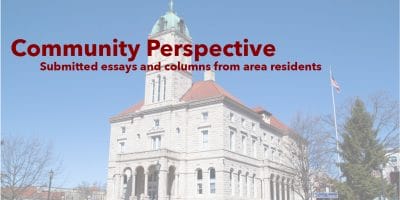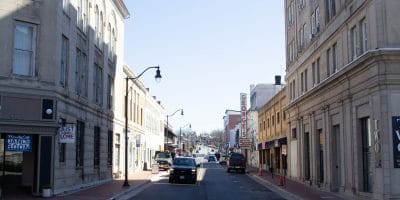
This story has been updated.
By Olivia DeWan, contributor
What does it take for a small cluster of springs in a rugged valley to become the heart of a thriving city? For Thomas Harrison, the answer was a vision, generosity and a deep connection to the land that would one day bear his name.
As the United States approaches the 250th anniversary of the American Revolution next year, the Virginia American Revolution 250 Commission (VA250) is using the occasion to remind people that history is more than the events of 1776—and is, instead, a story of progress, resilience and the communities that have shaped our nation. The statewide VA250 effort aims to encourage reflection on the nation’s roots, shared values and vision for the future.
Harrisonburg’s story, which is one piece of this larger tapestry, will be explored as part of events connected to the VA250 celebration next year.
Origins of rich soil, rocks and a key pit stop
In 1780, Thomas Harrison, the son of an immigrant, accrued so much land that he donated 80 acres of it to establish a town, which would go on to bear his name.
“Thomas Harrison was born about 1704 in Smithtown, Long Island, a son of Isaiah
Harrison, the immigrant,” said Dale MacAllister, a historian at Rocktown History. “The Harrisons then lived in Delaware for a time before moving to our Shenandoah Valley in 1737. Isaiah Harrison brought five sons with him to the Valley including Thomas.”
From there, Thomas Harrison purchased land around a cluster of springs located where central Harrisonburg is now.
“The town was named for Thomas Harrison because in 1779 he gave 2½ acres of land
surrounding the “Big Spring” near where the courthouse was located, and in 1780 he offered 50 acres of land surrounding the courthouse,” MacAllister said. “Although the water sources were readily available here, Harrison’s land was extremely rocky, even the land he donated for the courthouse and surrounding town.”
This geologic characteristics of the area was the origin of the “Rocktown” nickname.
“Early settlers needed reliable water sources for both people and livestock,” MacAllister said. “The numerous springs in the area made water readily available. Additionally, the town’s location on rolling hills between mountains to the east and west, and its distance from nearby rivers, made travel to Harrisonburg relatively easy.”
In addition, the town’s name is comparatively unusual in a country that boasts many Franklins (51 of them), Arlingtons (38) and Springfields (35). There is only one other Harrisonburg in the United States: Harrisonburg, Louisiana.
Harrisonburg became a regional market town surrounded by prosperous farmland that supported livestock and cash crops. Nearby hardwood forests provided plenty of lumber for homes and other buildings.
Adding to its importance, Harrisonburg was also on a major north-south path through the Shenandoah Valley called the Great Wagon Road, over which thousands of families traveled on their trek westward to frontier America.
In Harrisonburg, the wagon road intersected with east-west routes that led toward the Appalachian Mountains to the west, around Massanutten Peak, and on to the Blue Ridge and beyond to the east.
“Harrisonburg soon became a regional center for commerce and trade,” MacAllister said. “The third Monday of every month for many decades was “Court Day” when the court was in session and people from the county and beyond came to town to witness court cases, bring produce and livestock for sale or barter, shop in the stores, and hear the latest news, politics, and gossip.”
As a result, many German-speaking immigrants settled in the area, while many people who hailed from the British Isles moved to town.
“The German descendants in the county typically had large families,” MacAllister said. “The “Great Wagon Road” provided a ready path for children from those large families to venture westward in search of new opportunities and cheaper land. This wanderlust would have caused fluctuations in the population.”
At first, there were no large industries in the town. The early trades were varied and
included the usual professions required for a burgeoning community: bakers, blacksmiths, cabinet makers and carpenters, lawyers, merchants, stone cutters and tavern keepers.
Being in the Valley, religion played a large role in the culture of early Harrisonburg.
“Most early residents were members of Protestant denominations,” MacAllister said. “In 1788, a Methodist Episcopal church was built on ‘Harrison’s Hill,’ just west of the courthouse. A few years later, in 1794, the Methodist Church established a school organized by Bishop Francis Asbury. The school offered courses in English and grammar, with Latin instruction also available, and operated until at least 1800.”
A century later, Harrisonburg’s role grew, especially during the Civil War.
“Because of its location on the Valley Turnpike, Harrisonburg witnessed many soldiers
marching through the town during the war, going north into battle and returning south
after losses,” MacAllister said. “At various times Harrisonburg fell under the control of the Confederate Army or the Union Army.”
The city served as a treatment center for wounded soldiers from nearby battles such as New Market, Port Republic and Cross Keys. The town was home to a Confederate General Hospital, located on what is now South Main Street, where the old Municipal Building later stood. When the number of wounded exceeded the hospital’s capacity, those in town repurposed churches, peoples homes and other buildings to provide additional care.
In addition to its medical role, Harrisonburg housed an enrolling office, where officers registered men to fight for the Confederacy.
Today, with such deep historical roots, Harrisonburg continues to preserve its past, keeping old traditions alive for future generations.
“In 2025, Harrisonburg and Rockingham County will celebrate 250 years of American independence including Harrisonburg and Rockingham’s role in the Revolution,” MacAllister said.

History on display
Like many communities across Virginia, Harrisonburg’s history will come to the foreground as part of next year’s VA250 effort.
“Harrisonburg and Rockingham County historical sites are all participating in the local VA250 committees and planning specific events and exhibits,” said Jennifer Bell, the Tourism Manager of Harrisonburg. “For example, The Virginia Quilt Museum is planning a special exhibit “Stitching Together History” with 250 quilts commemorating the Commonwealth of Virginia.”
The Brethren and Mennonite Heritage Center is organizing a speaker series to explore how persecution as pacifists during the Revolutionary War, specifically in places like Pennsylvania, led to the migration of Brethren and Mennonites to the Shenandoah Valley. Similarly, James Madison University has planned a significant speaker series, showcasing the region’s rich historical and cultural narratives.
“VA250 has been showcasing events across the state, particularly those leading up to the Revolution, as well as key figures like Lafayette and his return visit,” Bell said. “It is a great opportunity to celebrate our state’s rich history and contribution to the founding of the nation.”
Thanks for reading The Citizen, which won the Virginia Press Association’s 2022 News Sweepstakes award as the top online news site in Virginia. We’re independent. We’re local. We pay our contributors, and the money you give goes directly to the reporting. No overhead. No printing costs. Just facts, stories and context. We value your support.













